Rise and fall of the Teutonic Knights in All About History 126
Inside All About History 126: Discover why the Teutonic Knights brought their holy war back to Europe and how they became a major medieval power.
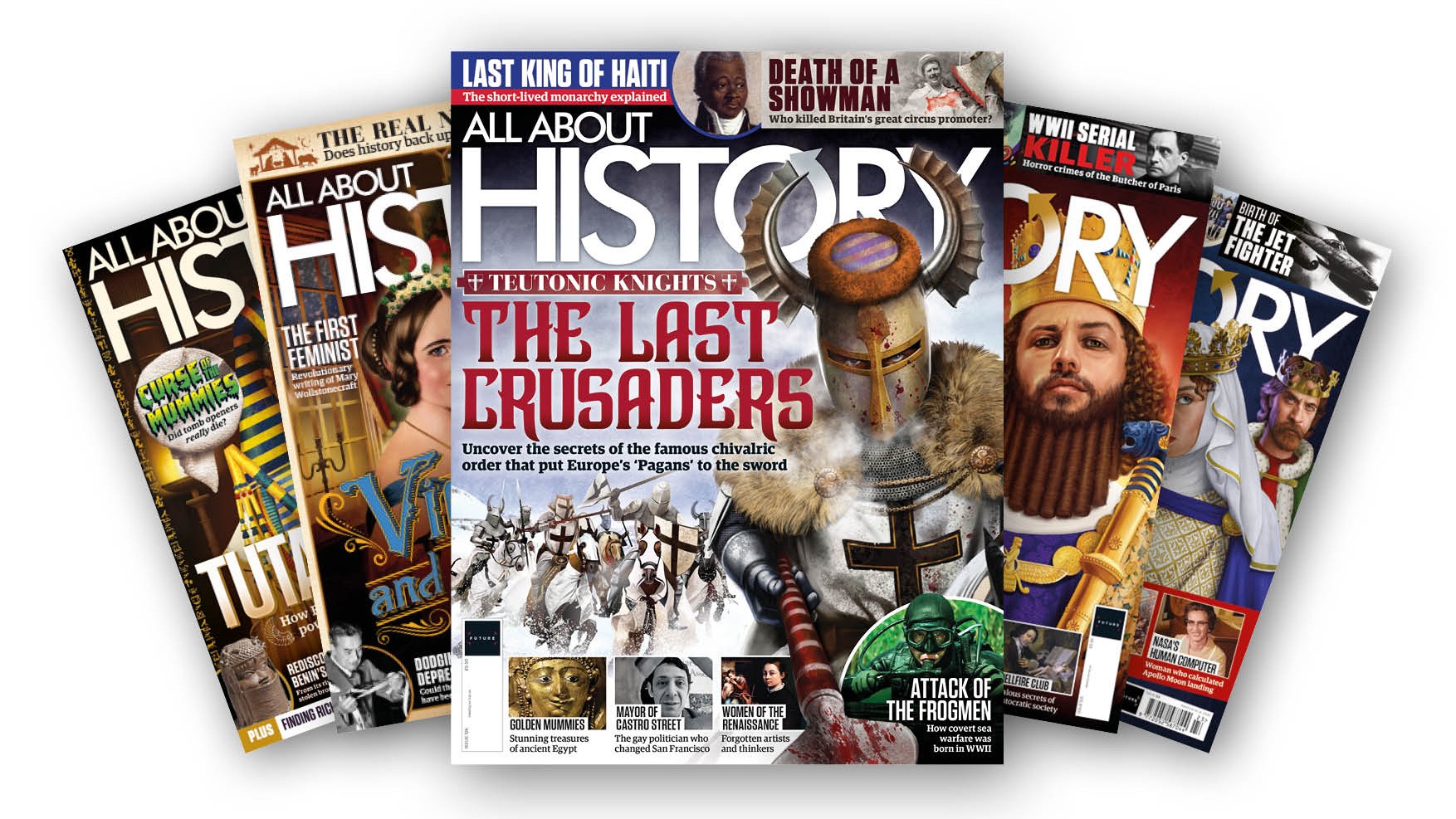
The Teutonic Knights were one of the great chivalric orders that emerged from the Crusades, alongside the Hospitallers and Templars, but while those other knights made their names in the Holy Land, the Teutonic Knights fought their greatest battles in Europe.
In the latest issue of All About History, on sale now, you can find out how the Teutonic order grew its powerbase in Europe and why it was called to put down 'pagan' elements in Northern and Eastern Europe. Learn how their crusader training make them unstoppable at first, and who ultimately stood against them. And, what would have happened if Joan of Arc had failed in her mission to free Orlean from the British?
Read all this and the full story of the last crusaders, the Teutonic Knights, in issue 126.
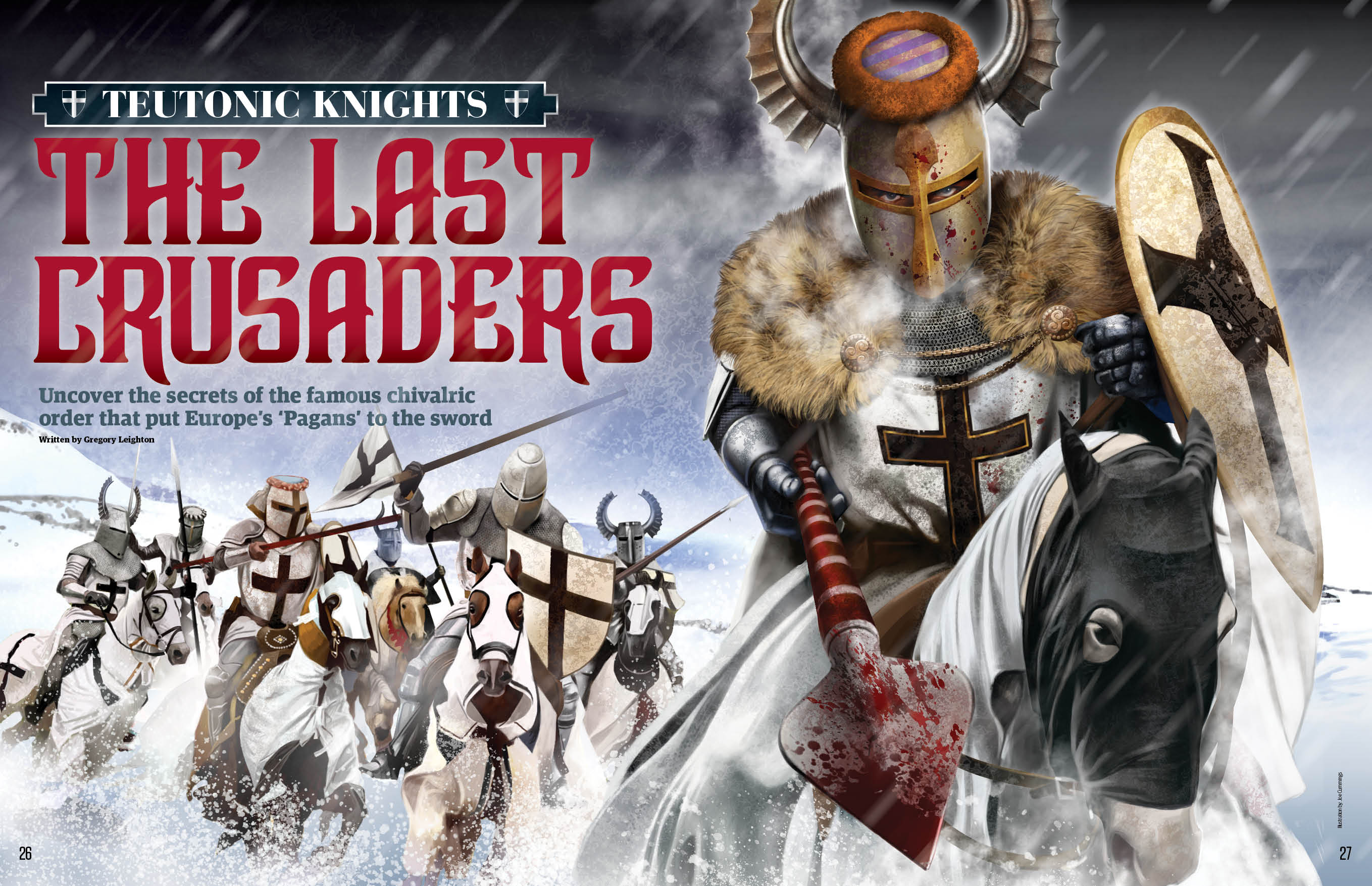
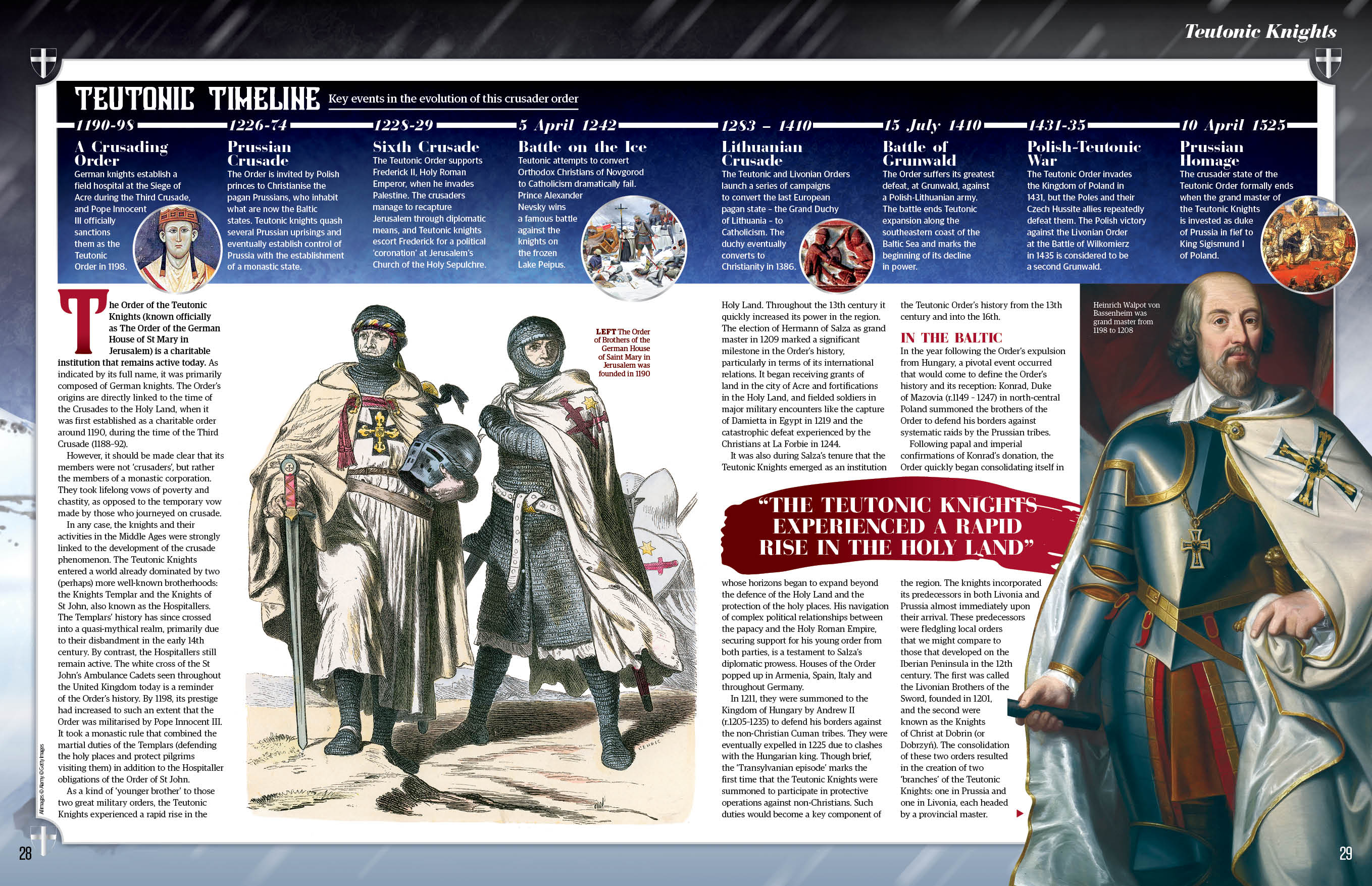
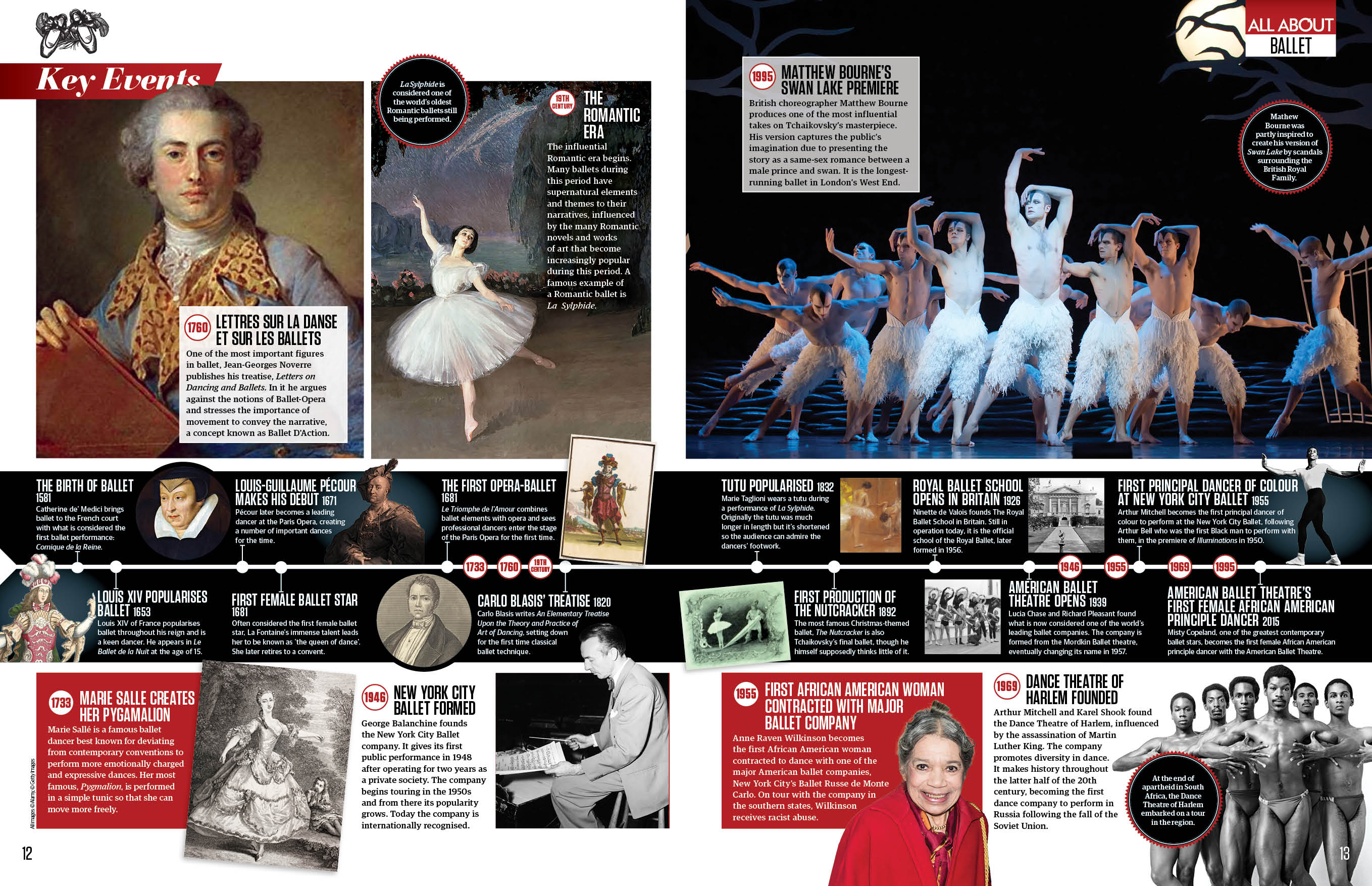
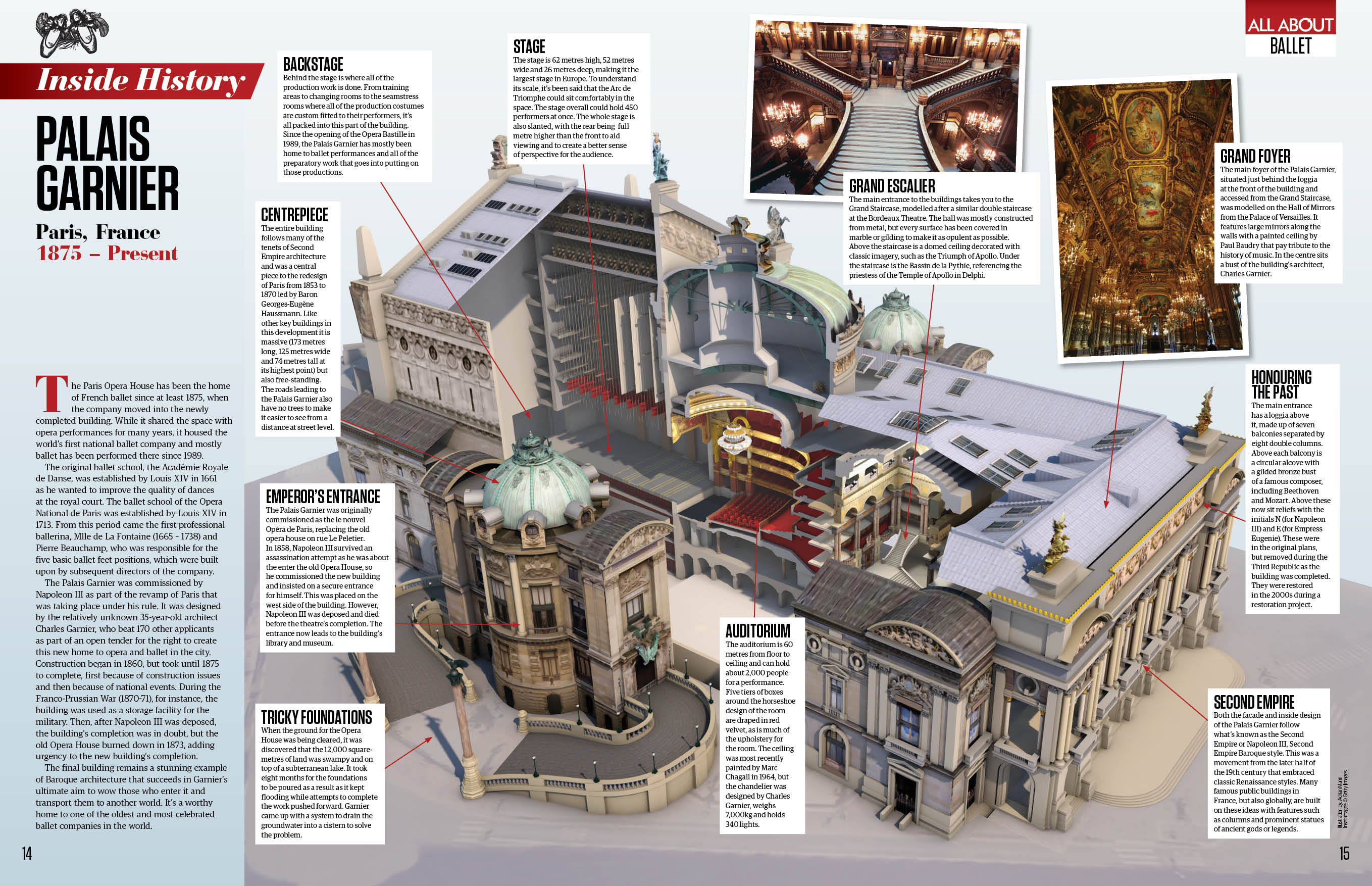
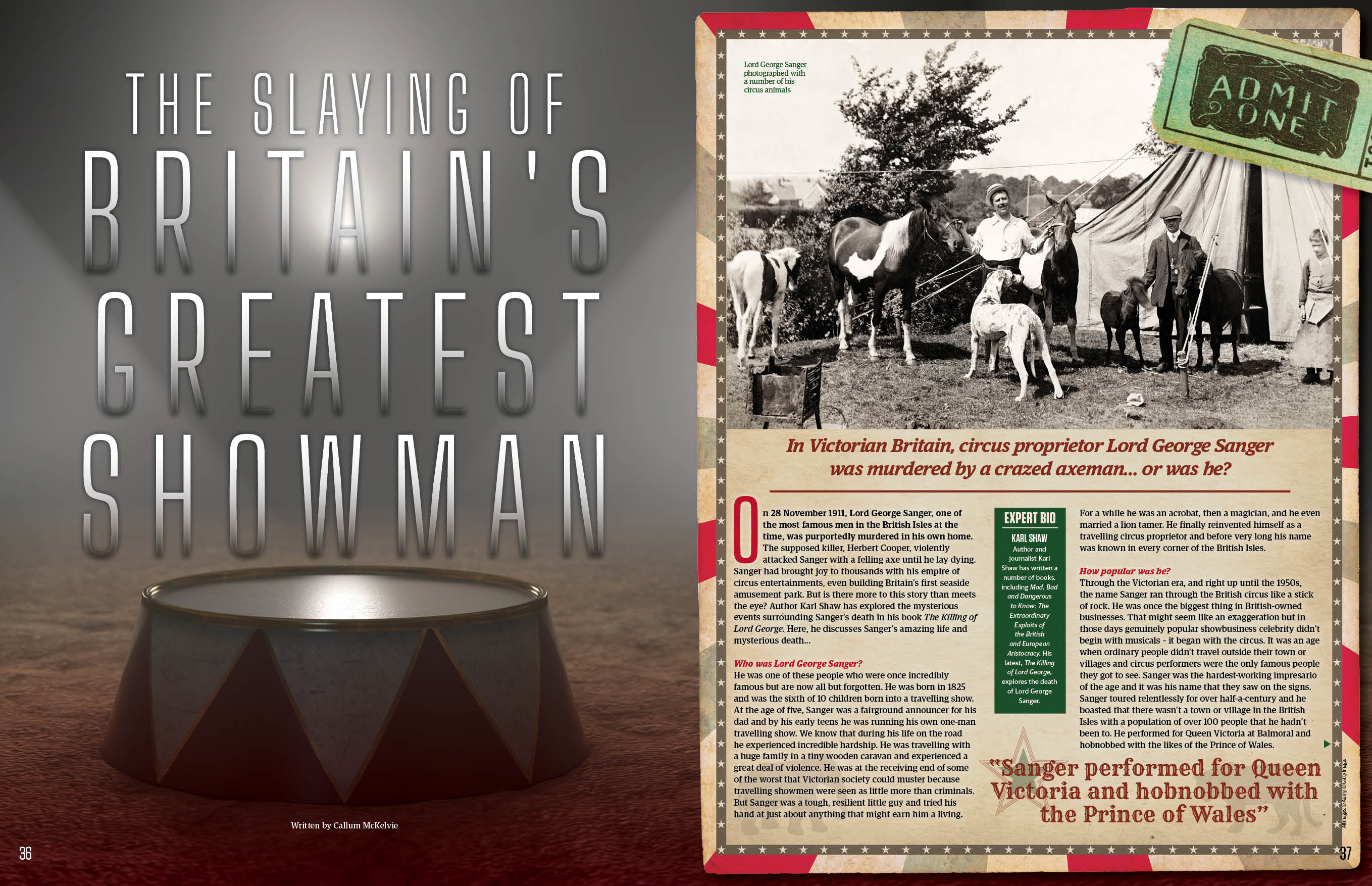
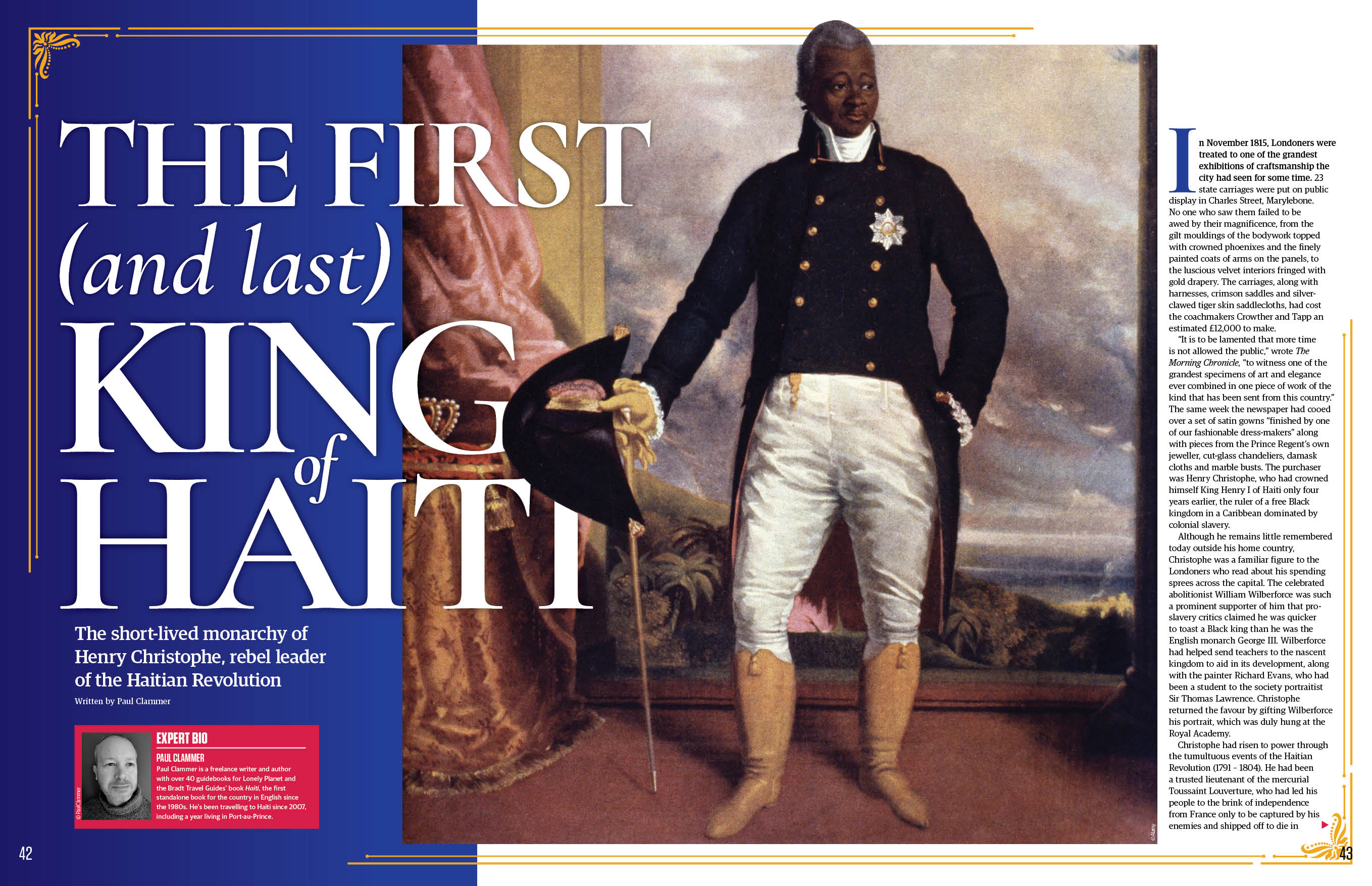
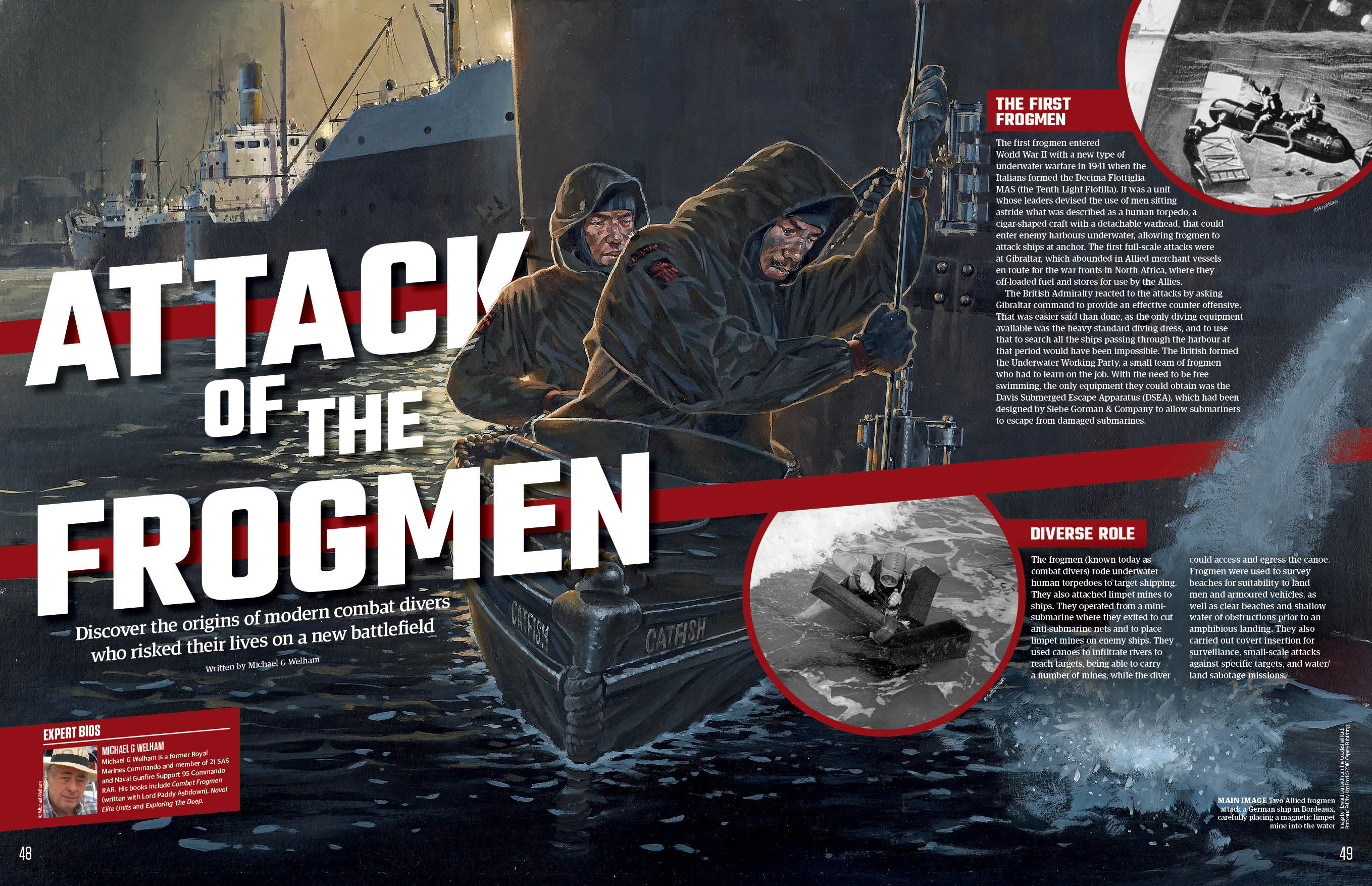
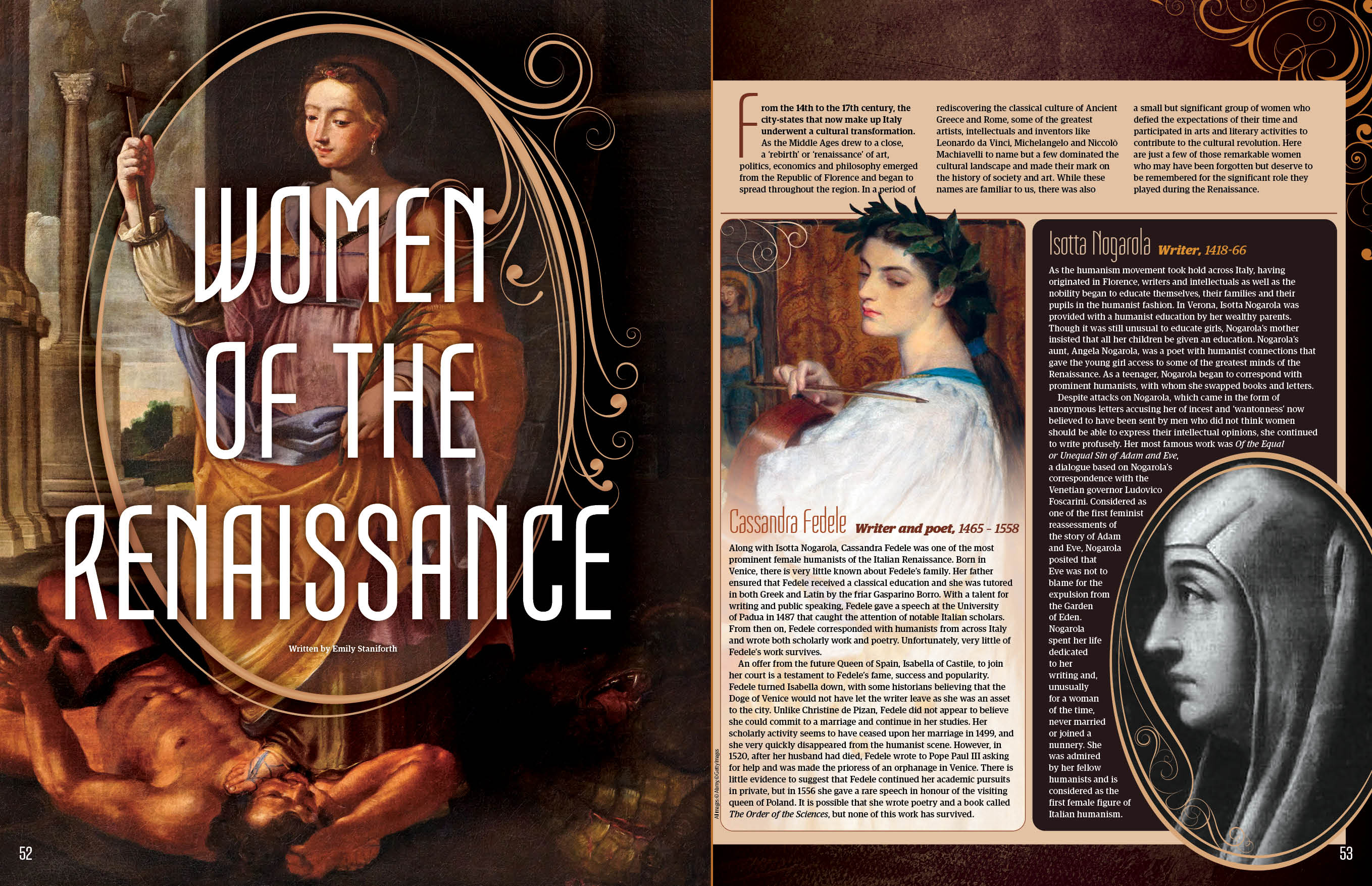
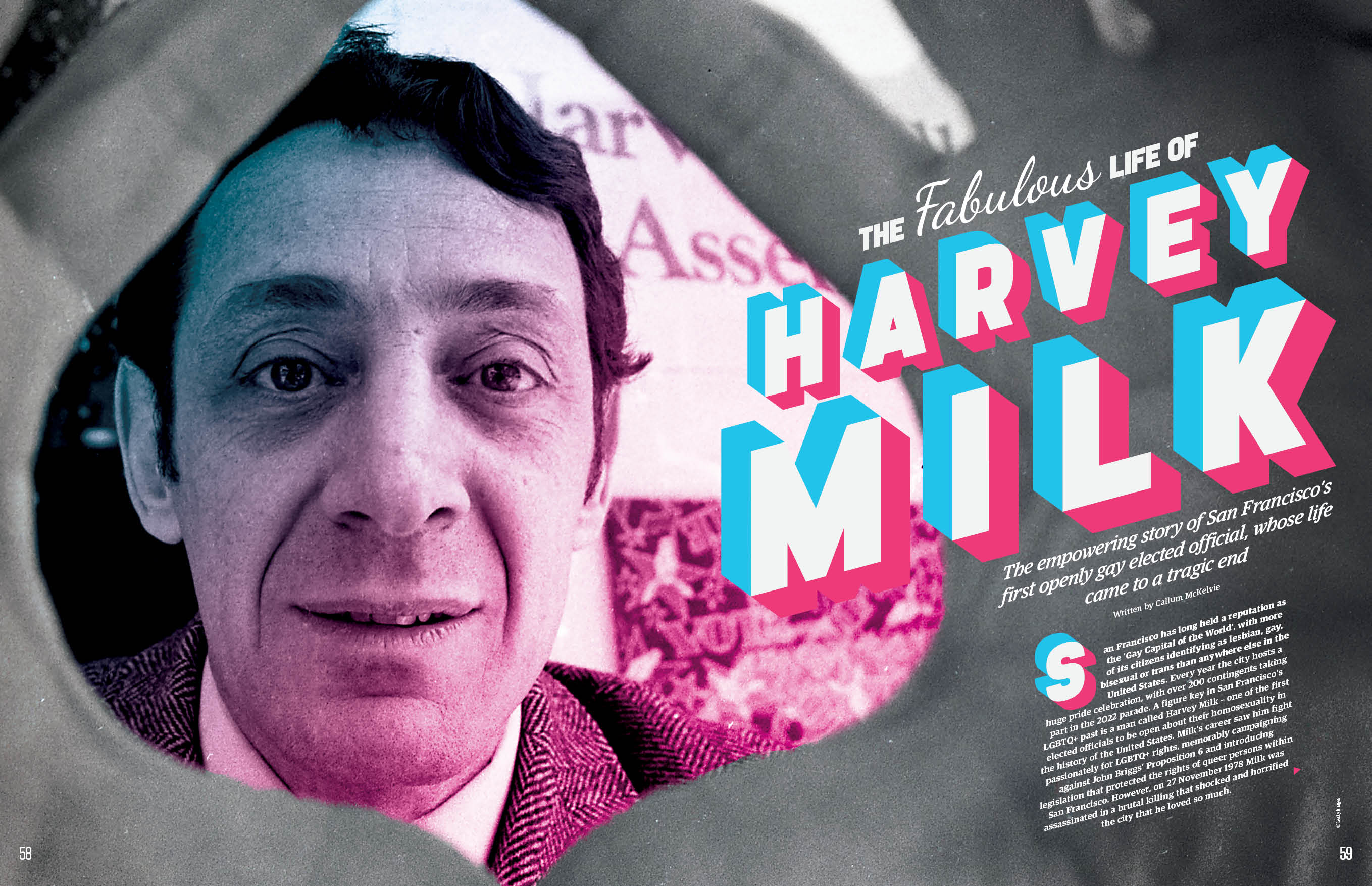
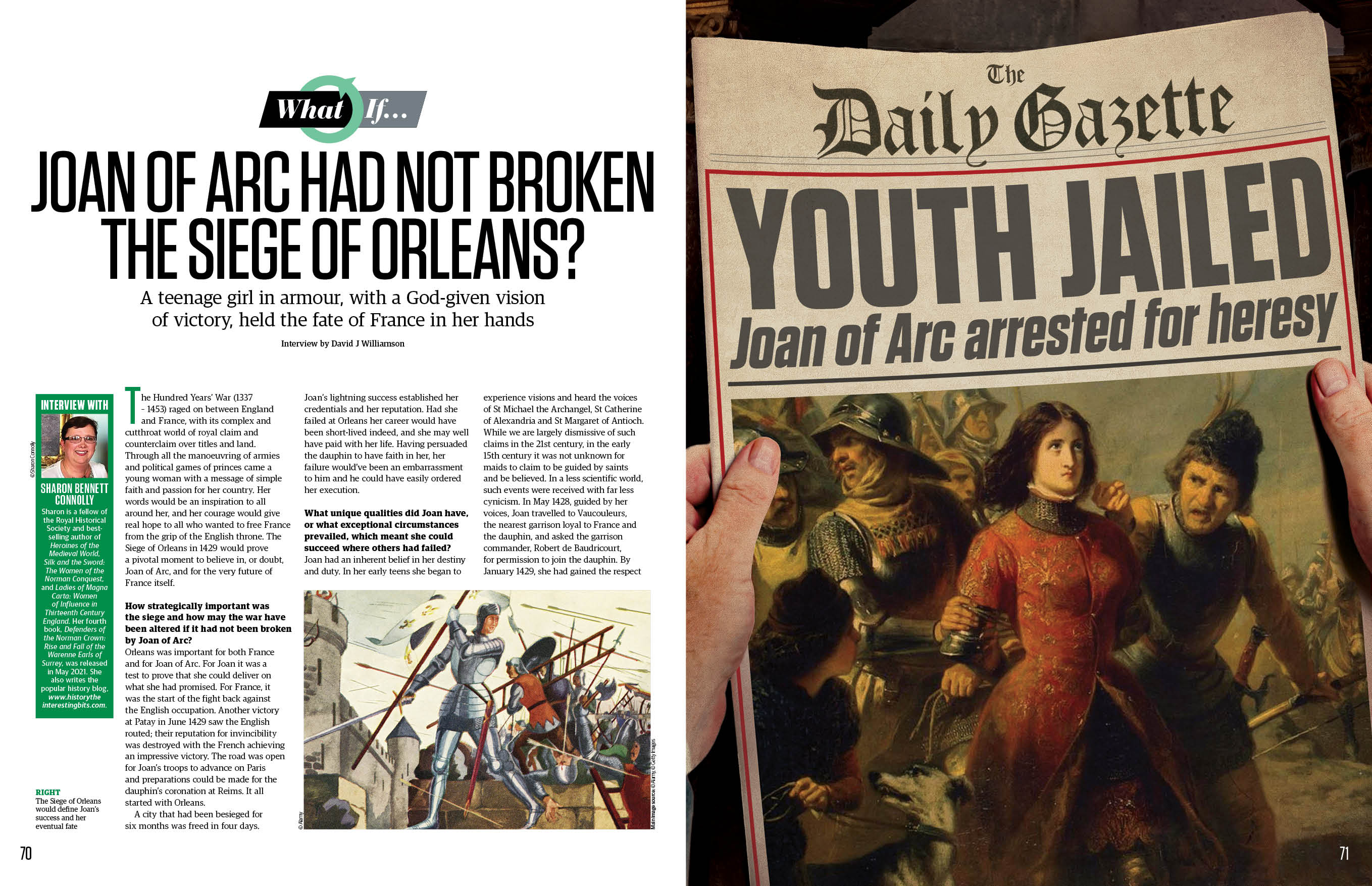
Also in issue 126 of All About History: uncover the mystery behind the death of Britain's greatest showman, learn why Henry Christophe was the first and last king of Haiti and explore the life of celebrated American politician and gay rights activist Harvey Milk.
Related: Read a free issues of All About History
In issue 126 you can also read about the great women of the Renaissance movement, learn about the origins of combat divers in WWII and explore the fascinating history of ballet dancing. It's all in All About History 126.
The last crusaders
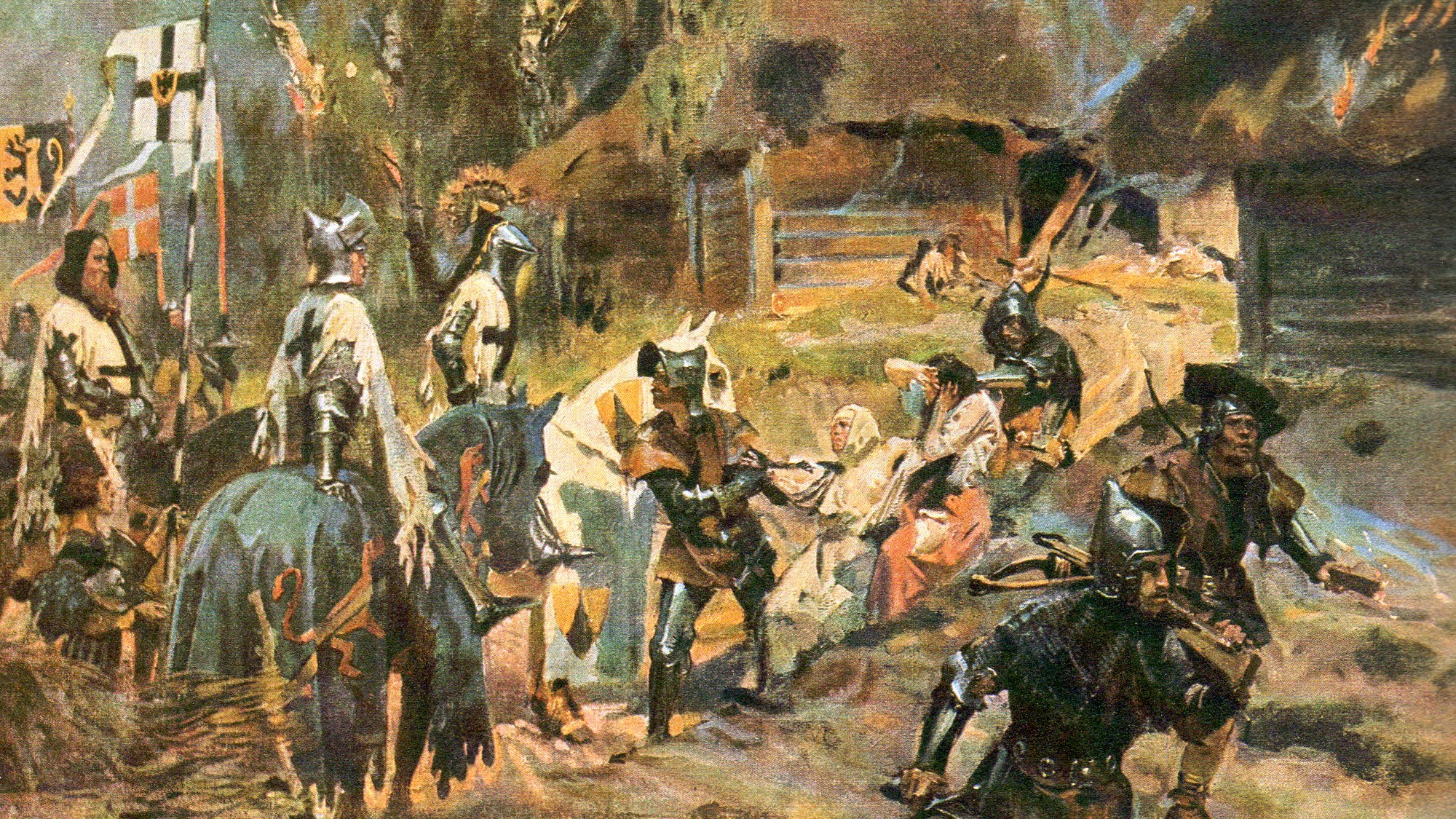
The Order of the Teutonic Knights (known officially as The Order of the German House of St Mary in Jerusalem) is a charitable institution that remains active today. As indicated by its full name, it was primarily composed of German knights. The Order's origins are directly linked to the time of the Crusades to the Holy Land, when it was first established as a charitable order around 1190, during the time of the Third Crusade (1188–92).
Sign up for the Live Science daily newsletter now
Get the world’s most fascinating discoveries delivered straight to your inbox.
However, it should be made clear that its members were not 'crusaders', but rather the members of a monastic corporation. They took lifelong vows of poverty and chastity, as opposed to the temporary vow made by those who journeyed on crusade.
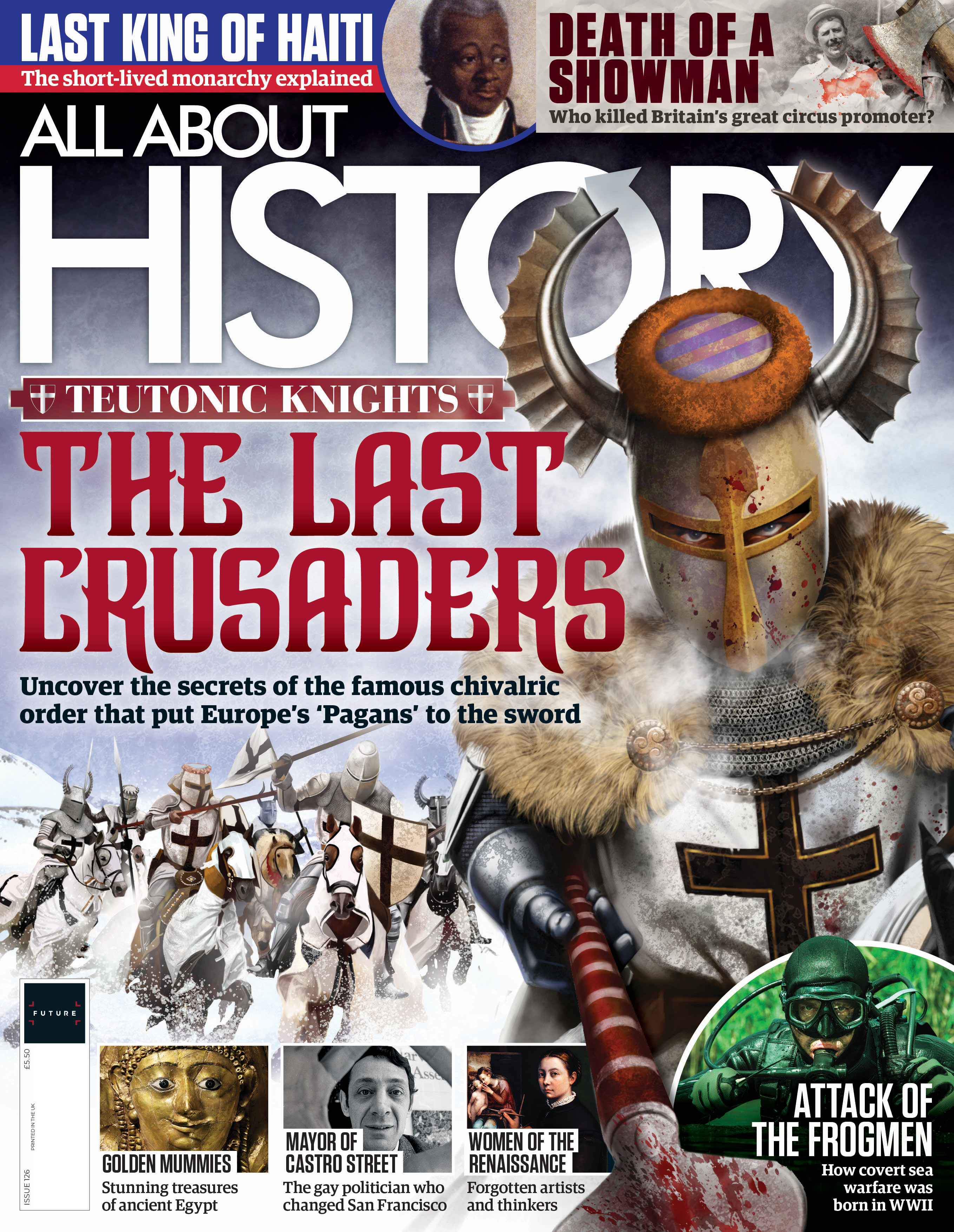
Subscribe to All About History today for as little as $2.62 per issue. Offers available for print, digital and combined subscriptions as well as quarterly and annual plans so you can enjoy All About History wherever you are, however you like.
In any case, the knights and their activities in the Middle Ages were strongly linked to the development of the crusade phenomenon. The Teutonic Knights entered a world already dominated by two (perhaps) more well-known brotherhoods: the Knights Templar and the Knights of St John, also known as the Hospitallers. The Templars' history has since crossed into a quasi-mythical realm, primarily due to their disbandment in the early 14th century. By contrast, the Hospitallers still remain active. The white cross of the St John's Ambulance Cadets seen throughout the United Kingdom today is a reminder of the Order's history. By 1198, its prestige had increased to such an extent that the Order was militarized by Pope Innocent III. It took a monastic rule that combined the martial duties of the Templars (defending the holy places and protect pilgrims visiting them) in addition to the Hospitaller obligations of the Order of St John.
Read more in All About History 126.
Last king of Haiti
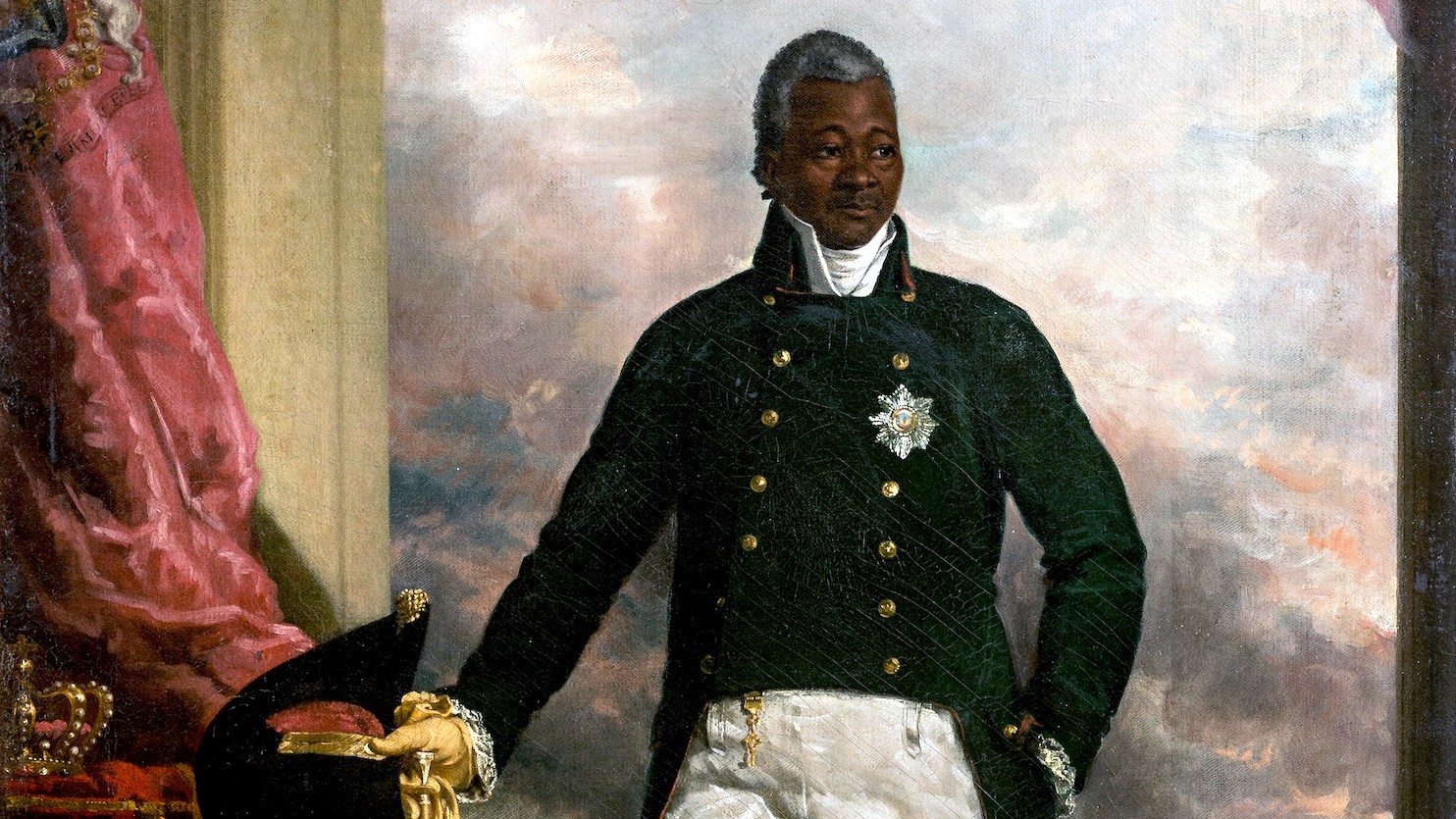
In November 1815, Londoners were treated to one of the grandest exhibitions of craftsmanship the city had seen for some time. 23 state carriages were put on public display in Charles Street, Marylebone. No one who saw them failed to be awed by their magnificence, from the gilt moldings of the bodywork topped with crowned phoenixes and the finely painted coats of arms on the panels, to the luscious velvet interiors fringed with gold drapery. The carriages, along with harnesses, crimson saddles and silver-clawed tiger skin saddlecloths, had cost the coachmakers Crowther and Tapp an estimated £12,000 to make.
"It is to be lamented that more time is not allowed the public," wrote "The Morning Chronicle", "to witness one of the grandest specimens of art and elegance ever combined in one piece of work of the kind that has been sent from this country." The same week the newspaper had cooed over a set of satin gowns "finished by one of our fashionable dress-makers" along with pieces from the Prince Regent's own jeweler, cut-glass chandeliers, damask cloths and marble busts. The purchaser was Henry Christophe, who had crowned himself King Henry I of Haiti only four years earlier, the ruler of a free Black kingdom in a Caribbean dominated by colonial slavery.
Learn more about Henry Christophe in All About History 126.
Life of Harvey Milk
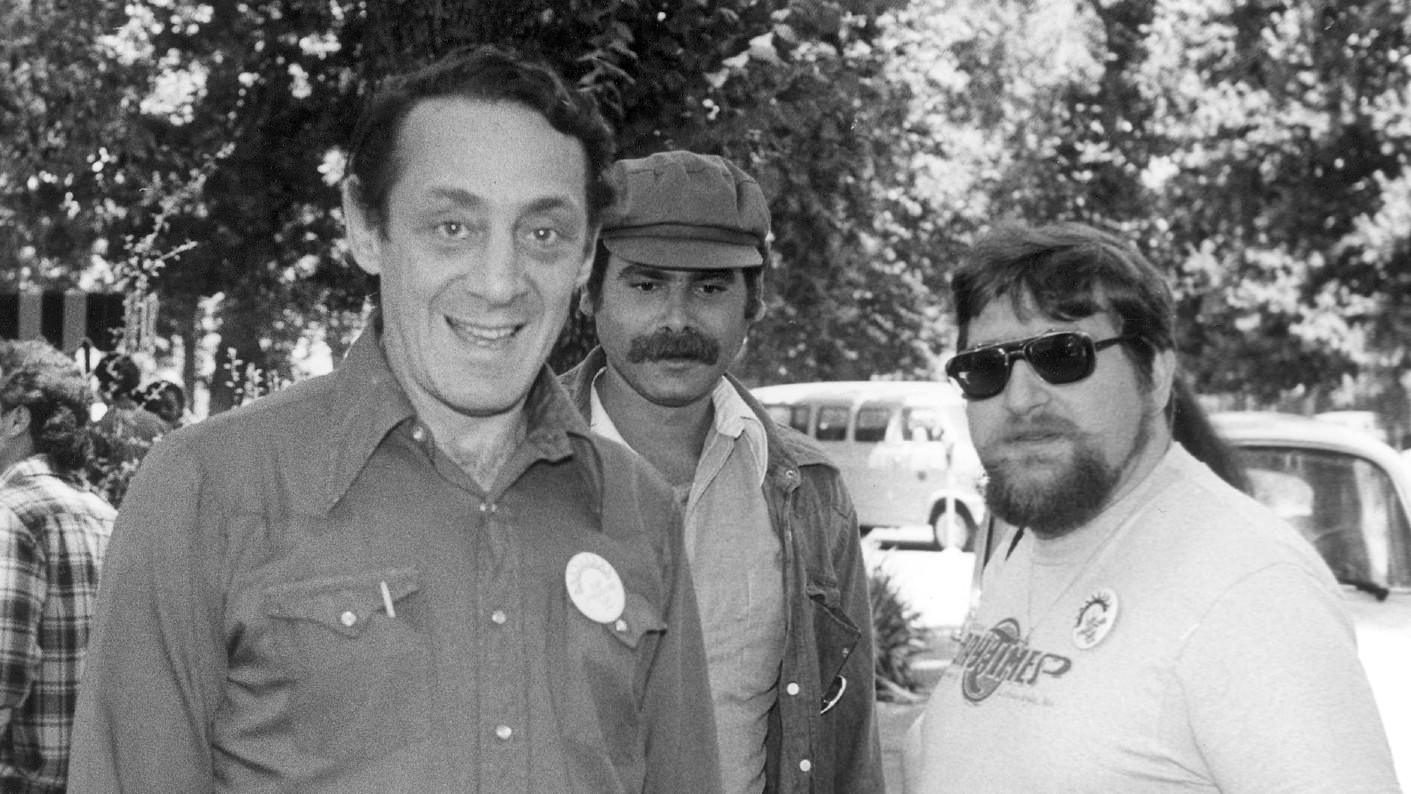
San Francisco has long held a reputation as the 'Gay Capital of the World', with more of its citizens identifying as lesbian, gay, bisexual or trans than anywhere else in the United States. Every year the city hosts a huge pride celebration, with over 200 contingents taking part in the 2022 parade. A figure key in San Francisco's LGBTQ+ past is a man called Harvey Milk – one of the first elected officials to be open about their homosexuality in the history of the United States. Milk's career saw him fight passionately for LGBTQ+ rights, memorably campaigning against John Briggs' Proposition 6 and introducing legislation that protected the rights of queer persons within San Francisco. However, on 27 November 1978 Milk was assassinated in a brutal killing that shocked and horrified the city that he loved so much.
Milk was born in the suburbs of New York on the 22 May 1930 to Jewish parents William Milk and Minerva Karns. The youngster struggled with his parents' Judaism and would eventually drift away from the religion, though Milk's biographer Lillian Faderman maintains that its cultural values remained important to him throughout his life. From a young age Milk was aware that he was homosexual. A keen lover of opera, it was in the standing room only section of the balcony at the Manhattan Opera House that Milk experienced his first sexual liaisons, according to his biographer Randy Shilts. However, Milk was conscious of the need to hide his homosexuality and any interests that he felt might label him as such. Therefore at school he hid his love of opera under his prowess as a sportsman.
Read more about Harvey Milk in All About History 125.
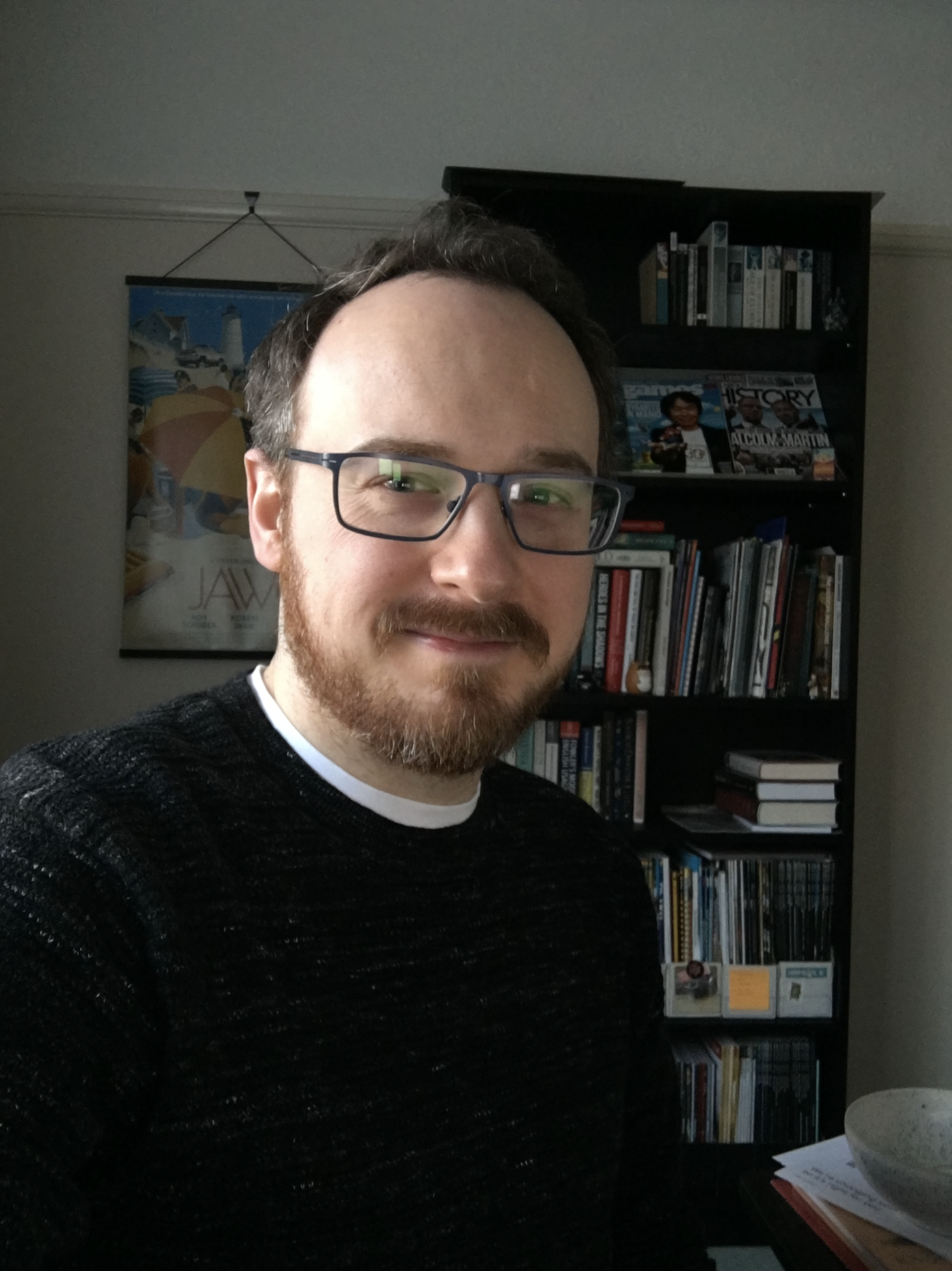
Jonathan is the Editor of All About History magazine, running the day to day operations of the brand. He has a Bachelor's degree in History from the University of Leeds. He has previously worked as Editor of video game magazines games™ and X-ONE and tech magazines iCreate and Apps. He is currently based in Bournemouth, UK.









